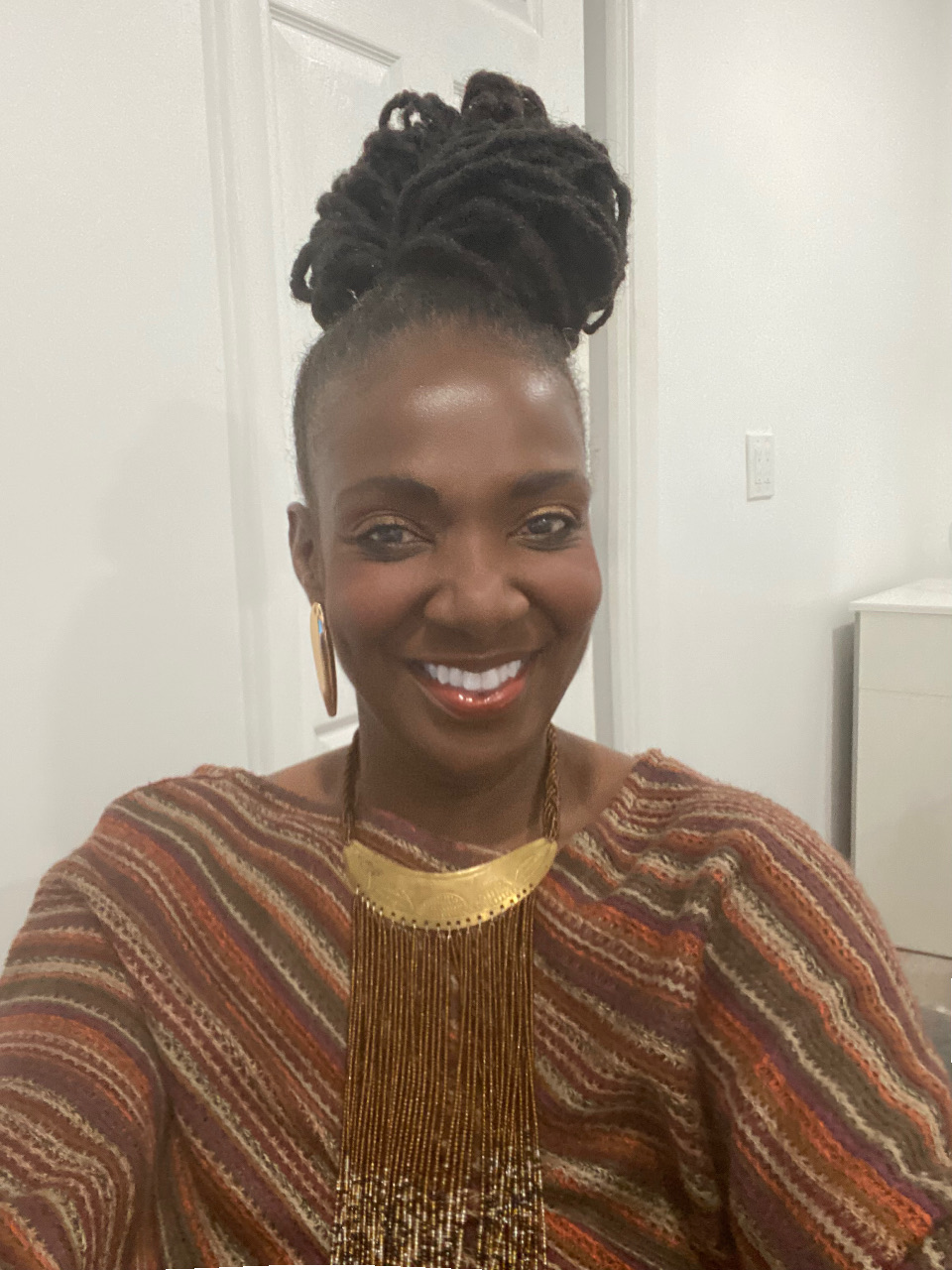All SSAT Middle Level Math Resources
Example Questions
Example Question #1 : Data Analysis And Probability
Dave has a sock drawer with 8 blue and 10 black socks.
If Dave pulls out one black sock, what is the probability that the next sock he pulls out of the drawer is also black?
9 out of 17
5 out of 9
10 out of 17
1 out of 2
4 out of 9
9 out of 17
Since the first sock that Dave pulls out is black, there are 17 remaining socks in the drawer, 8 blue and 9 black. The probability that Dave will choose another black is sock is therefore 9 out of 17.
Example Question #11 : Outcomes
If Mark flips a coin and then rolls a die, what are the odds that the coin will be heads and that the die will land on a multiple of 3?
If Mark flips a coin, the chance that it will land on heads is 

The probability that the coin will land on heads and that the dice will be a multiple of 3 is:
Example Question #9 : How To Find The Probability Of An Outcome
Lisa and Fred were flipping a quarter and recording whether it was heads or tails. What is the probability they flip a quarter and it lands on heads, heads, tails, heads, tails? (H,H,T,H,T)
There are two possibilities every time you flip a coin and only one outcome. Therefore the probability for flipping either heads or tails each time is 
Example Question #11 : How To Find The Probability Of An Outcome
A large box contains some balls, each of which is marked with a number; one ball is marked with a "1", two balls are marked with a "2". and so forth up to ten balls with a "10". Two blank balls are also included.
Give the probability that a ball drawn at random will be an even-numbered ball.
The number of balls in the box is

The number of balls with even numbers is

Therefore, if a ball is drawn at random, the probability that an even-numbered ball will be selected is
Example Question #11 : Probability
A large box contains some balls, each of which is marked with a letter of the alphabet. Each vowel is represented by three balls, one red and two blue; each consonant is represented by one ball, which is red. Give the probability that a randomly drawn ball will be blue.
Note: For purposes of this question, "Y" is considered a consonant.
Each of the 26 letters is represented by one red ball; in addition, each of the five vowels is represented by two blue balls for a total of 

The probability that a random draw will result in a blue ball being selected is

Example Question #13 : Data Analysis And Probability
A large box contains some balls, each marked with a whole number from "1" to "10". Each odd number is represented by one ball, which is red; each even number is represented by two balls, one red and one green. Five blank yellow balls are then put in the box.
Give the probability that a randomly-drawn ball will be green.
Each whole number from one to ten will be represented by a red ball, for a total of ten balls; each even number will be represented by a green ball, for a total of five balls; there will also be five unmarked yellow balls. The number of balls in the box will be 

Example Question #11 : How To Find The Probability Of An Outcome
A large box contains some balls, each of which is marked with a number; one ball is marked with a "1", two balls are marked with a "2". and so forth up to ten balls with a "10". A blank ball is also included.
Give the probability that a ball drawn at random will NOT be an odd-numbered ball.
The number of balls in the box is

The number of odd-numbered balls is

Therefore, there are 

Example Question #15 : Data Analysis And Probability
Find the probability of drawing a 5 from a deck of cards.
To find the probability of an event, we will use the following formula:
Now, we will calculate the following:
because there are 4 different ways we can draw a 5 from a deck of cards:
- 5 of hearts
- 5 of diamonds
- 5 of spades
- 5 of clubs
Now, we will calculate the following:
because there are 52 different cards we could potentially draw from a deck.
So, we will substitute. We get
Therefore, the probability of drawing a 5 from a deck of cards is 
Example Question #11 : Data Analysis And Probability
A classroom contains the following:
- 14 girls
- 17 boys
Find the probability the teacher calls on a boy.
To find the probability of an event, we will use the following formula:
Now, given the event of calling on a boy, we can calculate:
because there are 17 boys in the classroom who can be called on.
We can also calculate the following:
because there are 31 total students (14 girls + 17 boys = 31 students) who could potentially be called on.
Now, we can substitute. We get
Therefore, the probability of the teacher calling on a boy is 
Example Question #12 : How To Find The Probability Of An Outcome
All of the clubs are removed from a standard fifty-two-card deck. Two cards are then dealt without replacement. What is the probability that both cards will be red?
Wihtout the clubs, the deck comprises 39 cards, 26 of which are red.
The probability that the first card will be red will be 

Certified Tutor
All SSAT Middle Level Math Resources


























































